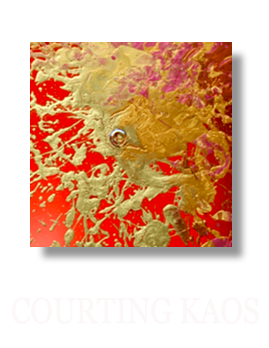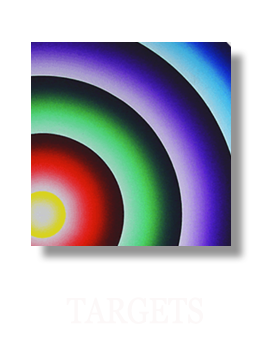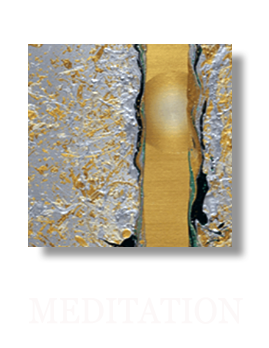Musical Notes
The origins of the musical system of notation trace back to the Italian Benedictine monk, Guido d’ Arezzo (c.995-c.1050) a pedagogue , theoristi author and teacher of the Medieval music of his time. While much of his life is unknown, the staff notation and the musical notes are usually attributed to him.
Before this system, singers had to memorize the entire chant repertoire, and in turn, pass this on to the next generation. The new system replaced letters with notes, to be added to four parallel lines. Guido introduced the symbols Ut, Re, Mi, Fa, Sol and La as names for the 6 tones C, D, E, F, G and A, the hexachord. Later, Si or Ti was added., and eventually Do replaced Ut.
This tie to his native Italy inspired Benini in 2015 to create this series, The Musical Notes.
UTQUEANT LAXIS...
Subtitle: Omaggio a Giotto
Benini, 2015
48" x 48"
Acrylic on Canvas
RESONARE FIBRIS
Benini, 2015
48" x 48"
Acrylic on Canvas
MIRA GESTORUM
Benini, 2015
48" x 48"
Acrylic on Canvas
FAMULI TUORUM
Benini, 2015
48" x 48"
Acrylic on Canvas
LABIA REATUM
Benini, 2015
48" x 48"
Acrylic on Canvas
SOLVE POLLUTI
Benini, 2015
48" x 48"
Acrylic on Canvas
SINE QUA NON
Benini, 2015
48" x 48"
Acrylic on Canvas




















